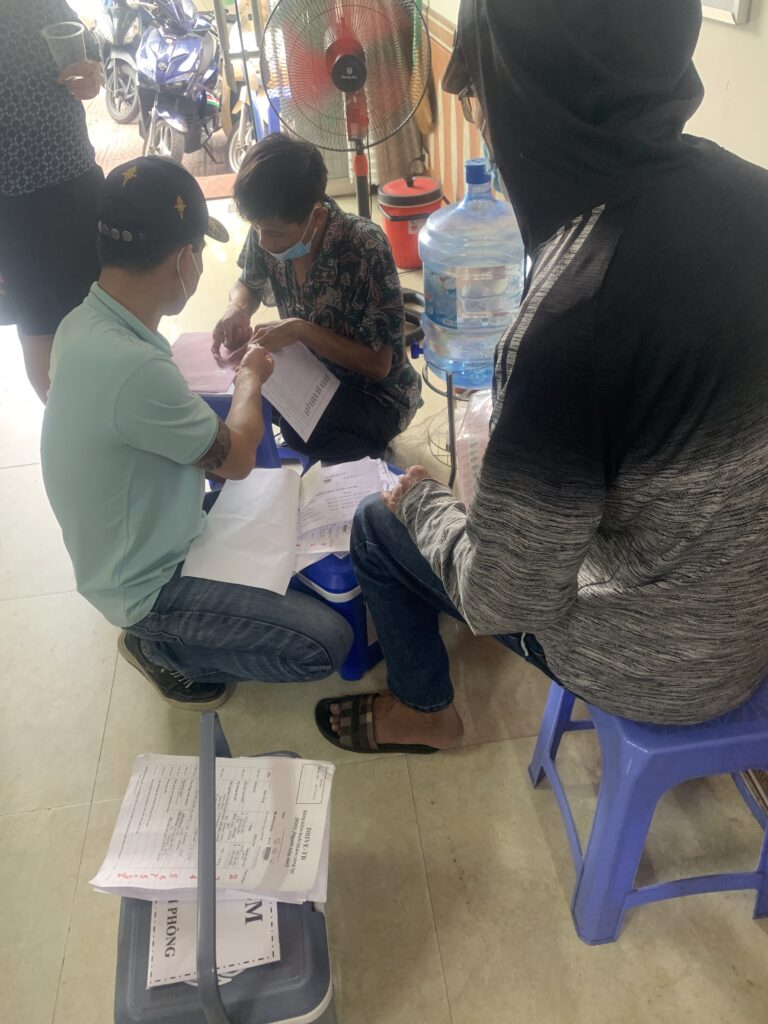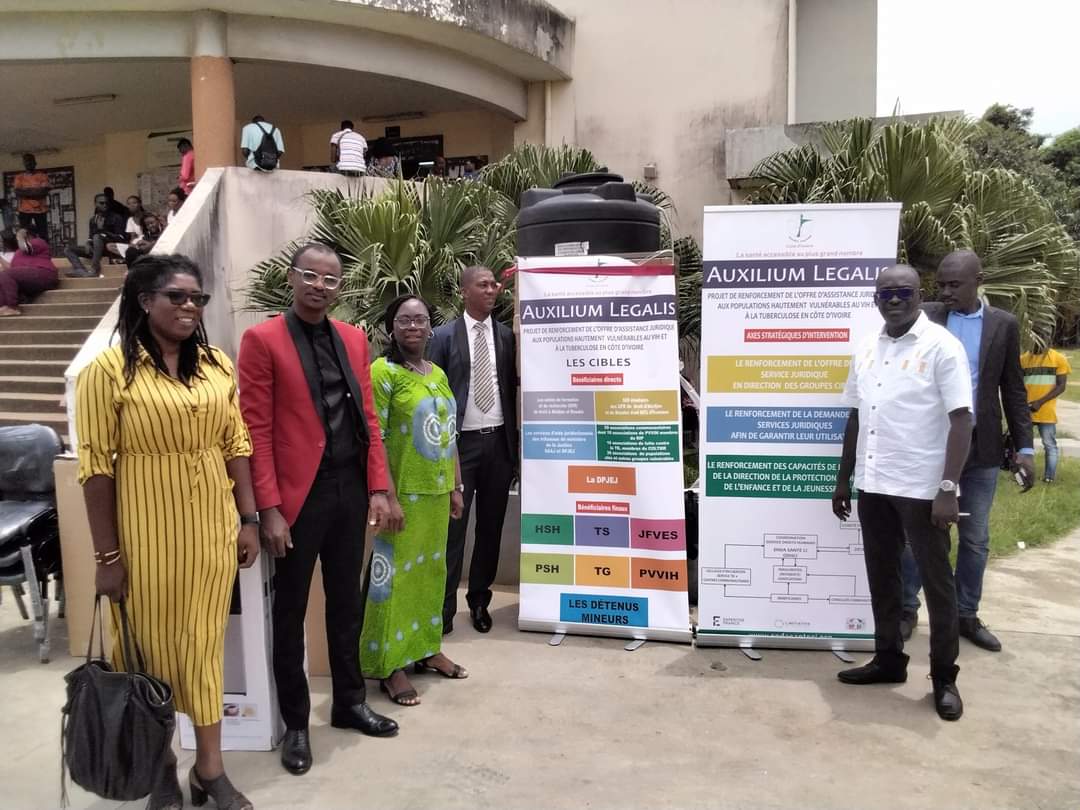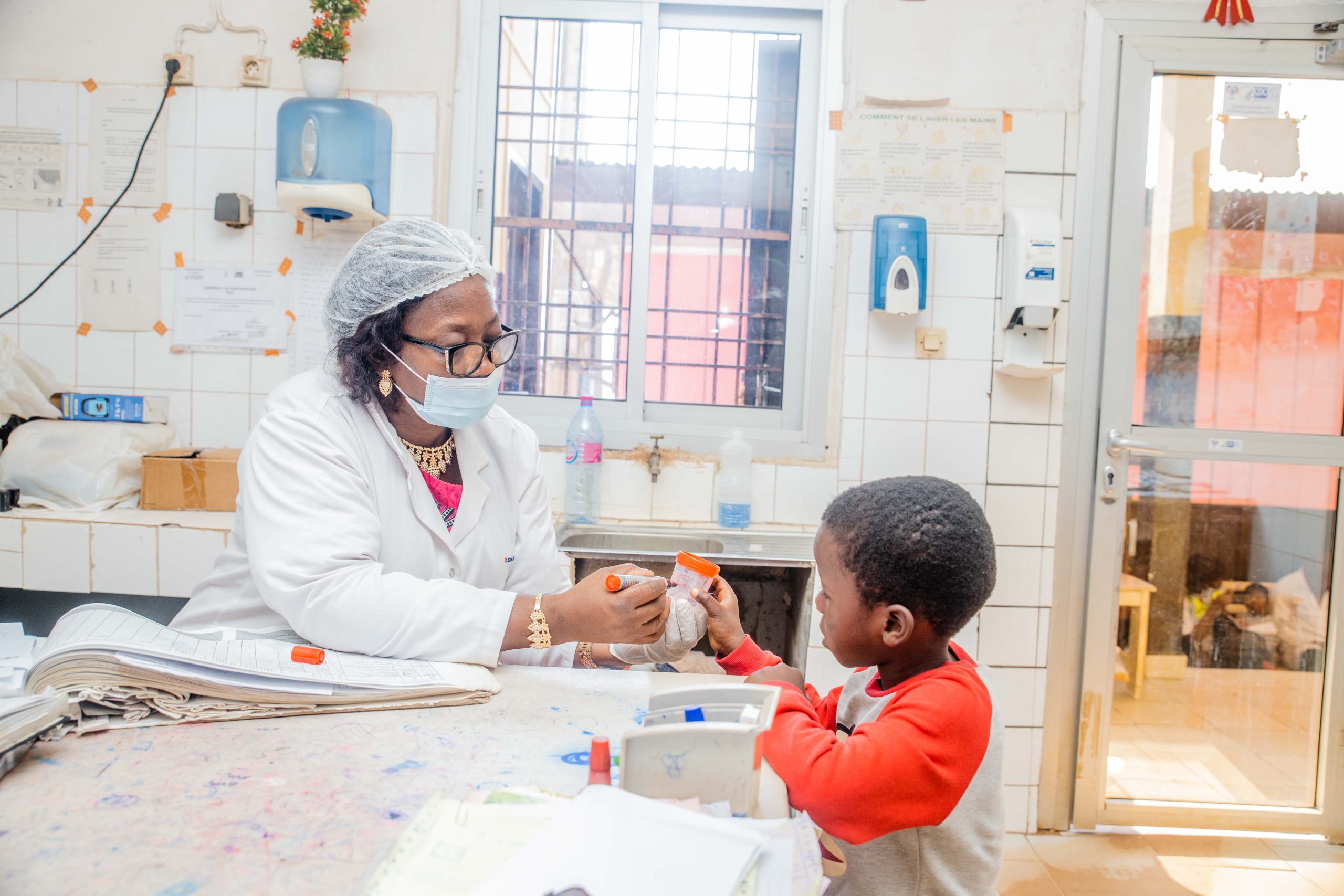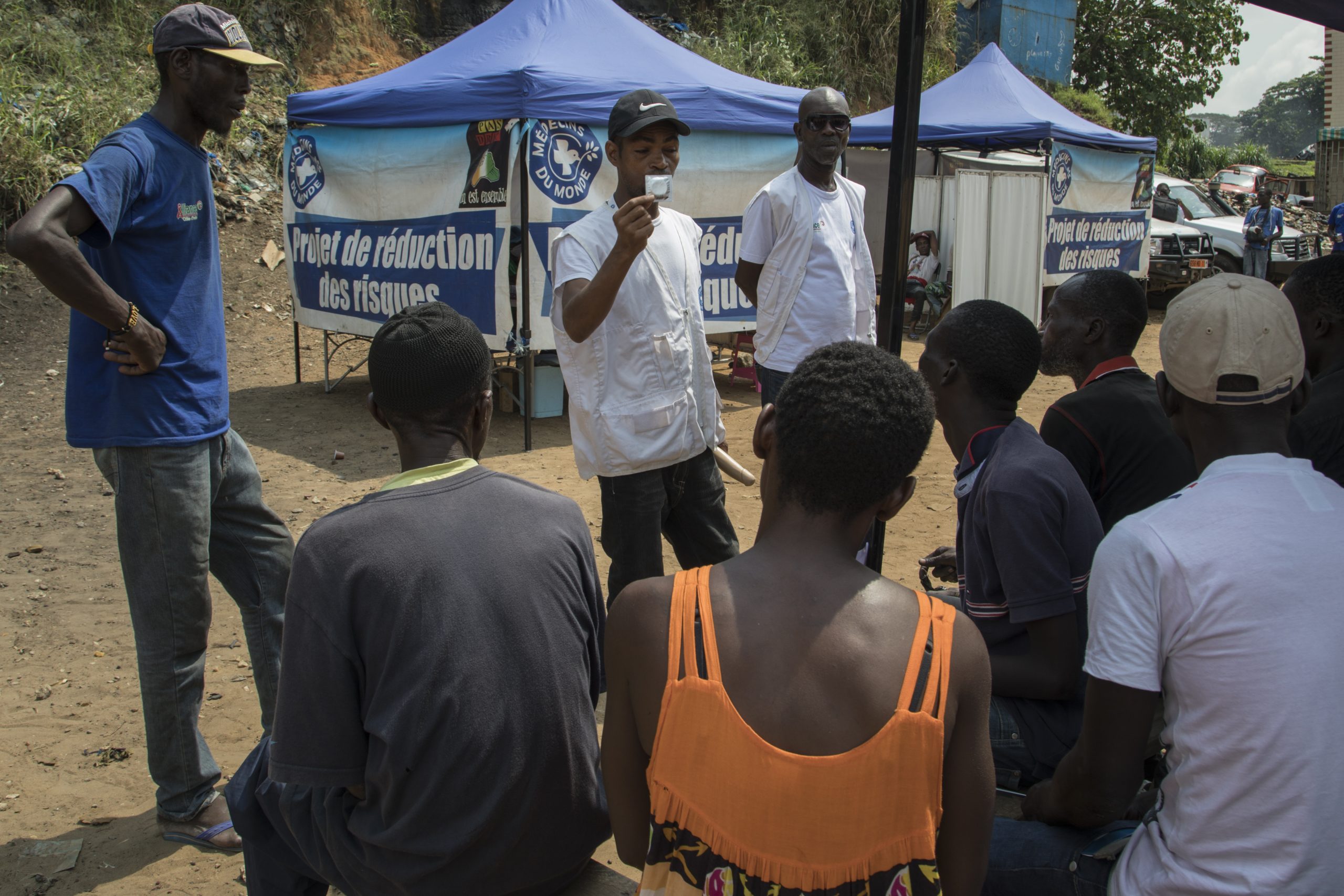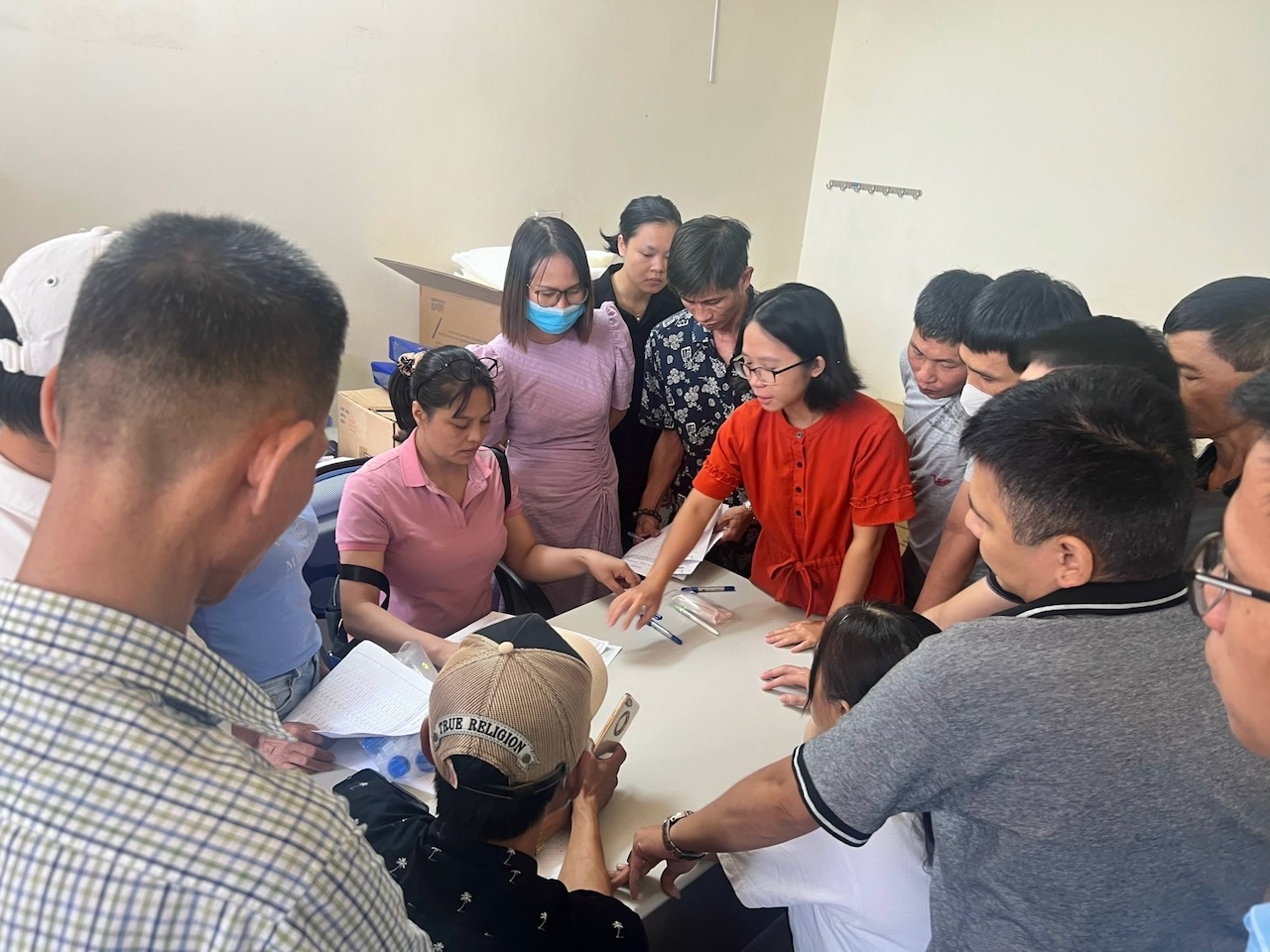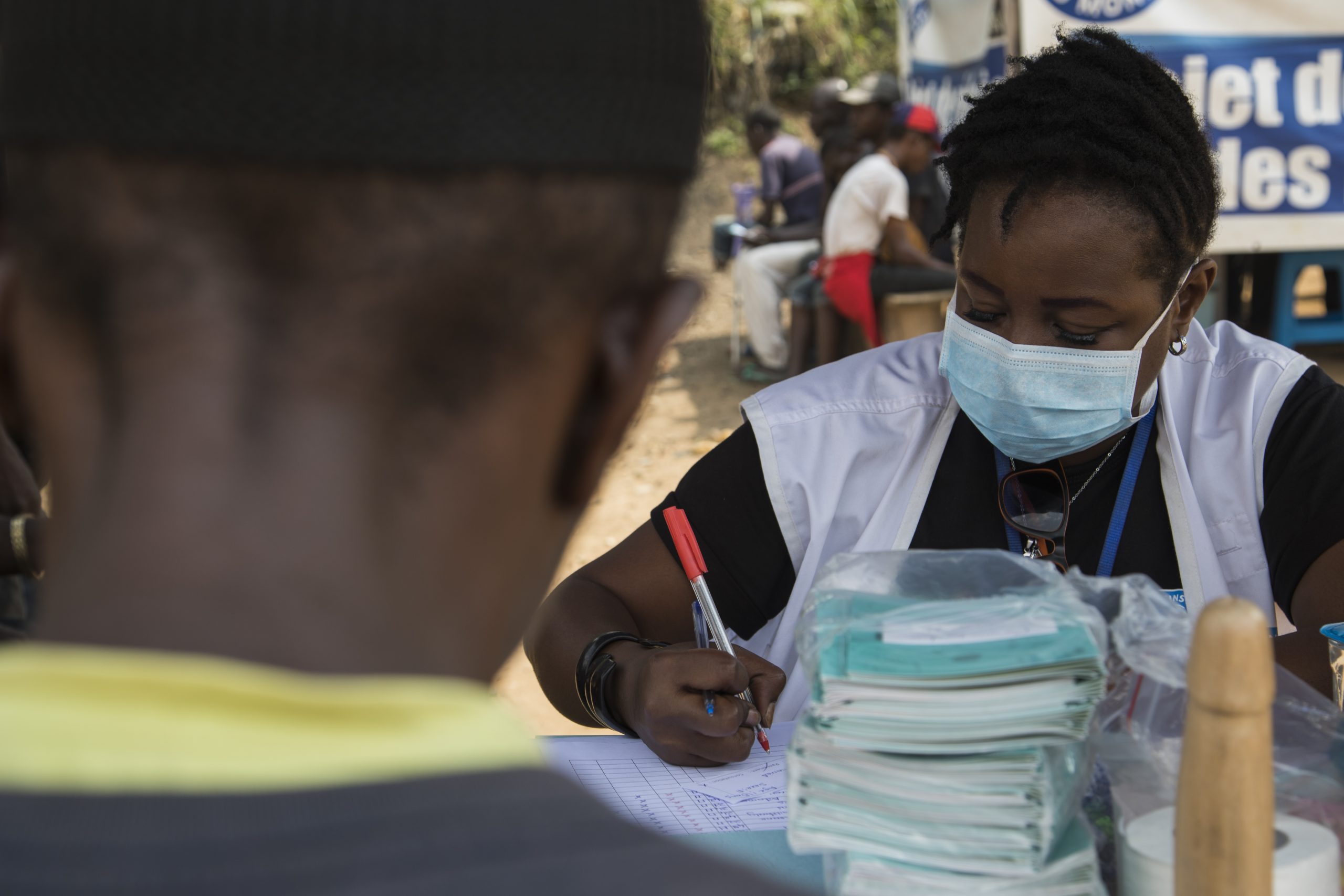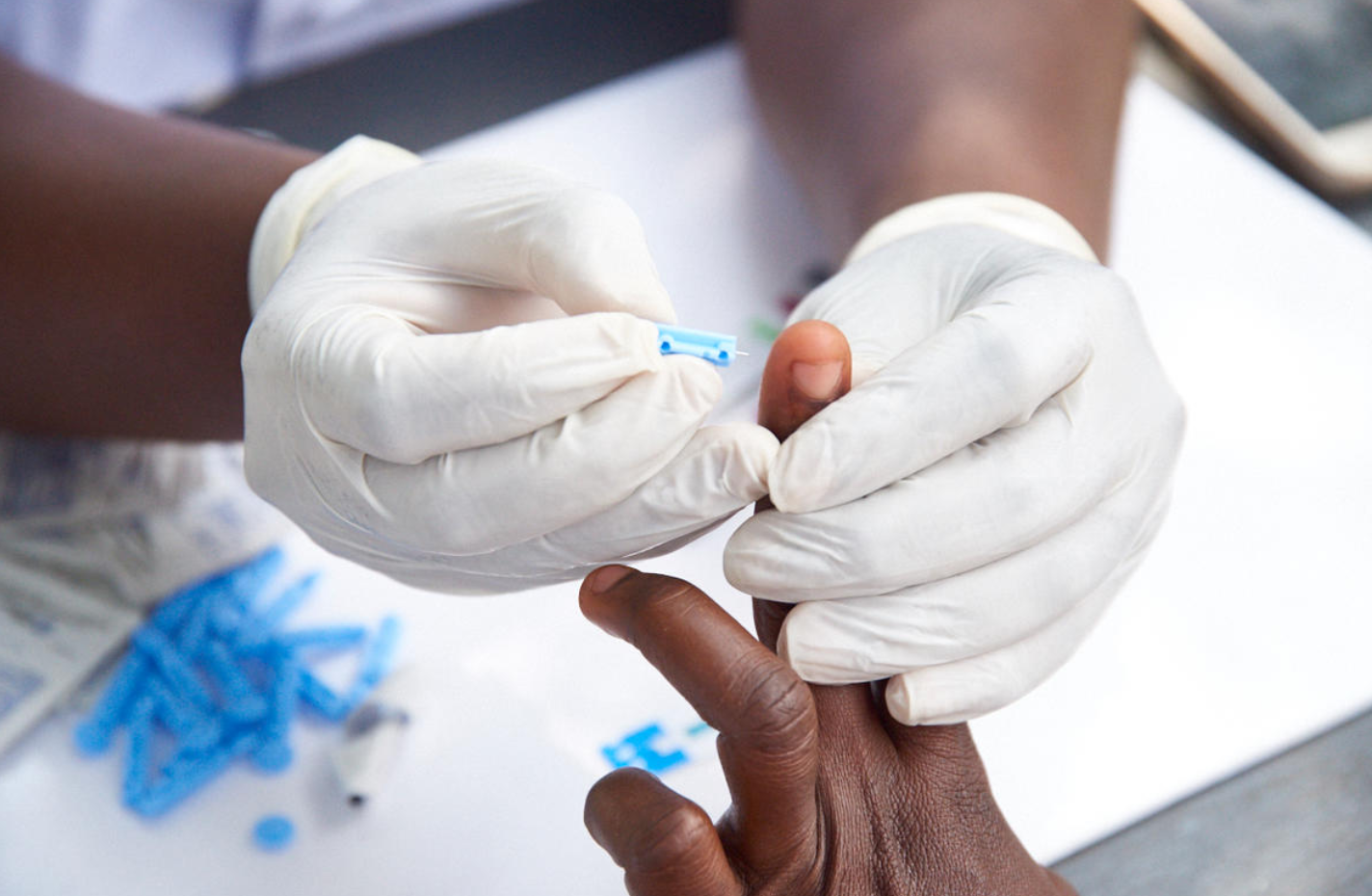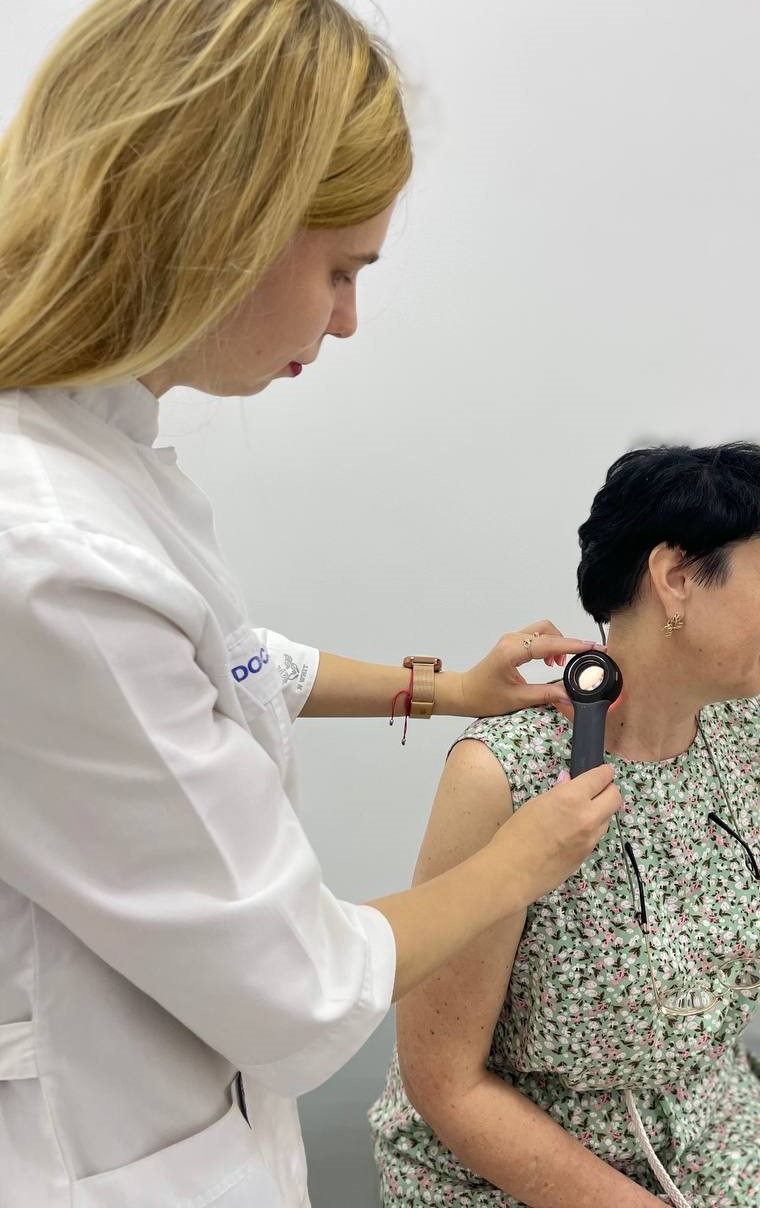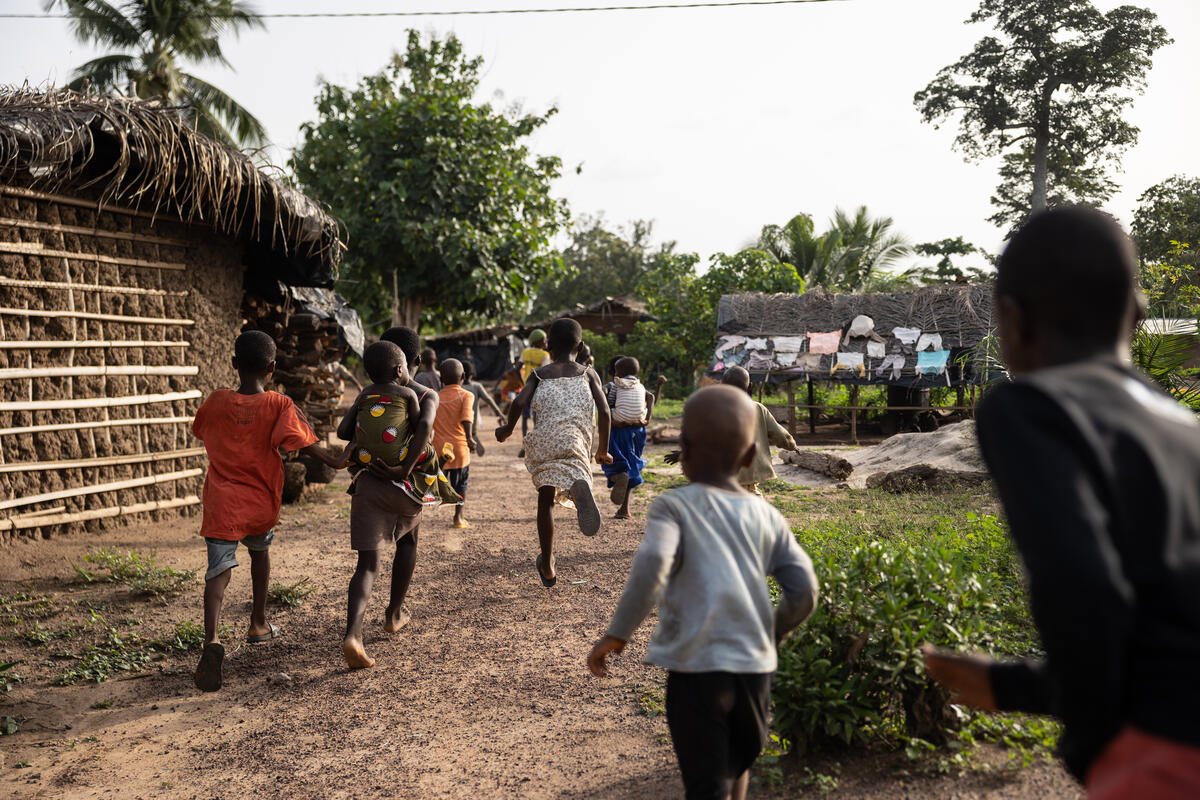Through the OPTICAM research project, the Pasteur Institute of Cambodia’s aims to eliminate latent tuberculosis “reservoirs,” focusing particularly on people living with HIV, in order to contribute to the eradication of the epidemic.
Context
People living with HIV (PLHIV) are particularly susceptible to tuberculosis. Despite the 2016 World Health Organization’s recommendation for preventive treatment against latent tuberculosis infection (LTBI) for this population, only 20% to 30% of Cambodians living with HIV have since received such a preventive treatment. A study conducted by the Centers for Disease Control and Prevention highlights that this situation varies between sites due to concerns about the presumed toxic effects of treatment. The OPTICAM research project aims to understand these obstacles and assess the impact of the services offered for preventive treatment.
Description
The OPTICAM project aims for a comprehensive intervention to improve the adoption of TPT, involving sensitization of service providers on its use for PLHIV and evaluating the effectiveness of such an intervention.
In the first phase, obstacles to the administration of TPT for PLHIV are identified through group discussions and facility assessments. Data is collected for a before-after comparison. The second phase evaluates the implementation of a comprehensive set of services, including staff training and the use of shorter treatments, such as 3HP (isoniazid- rifapentine) once a week for three months or 1HP (isoniazid- rifapentine) once daily for one month.
Impact
During the OPTICAM project, an additional 1,500 PLHIV were put on TPT in 8 clinics contributing to a decrease in disease transmission and incidence. By doubling TPT coverage, it is possible to achieve the goal of the Global Fund and the Stop TB Partnership on TPT among PLHIV. Capacity building of healthcare workers through training, tool development, and technical assistance ensures the sustainability of this project.
